The Article
Songbird Cartridge from Sumiko
16th April 2020
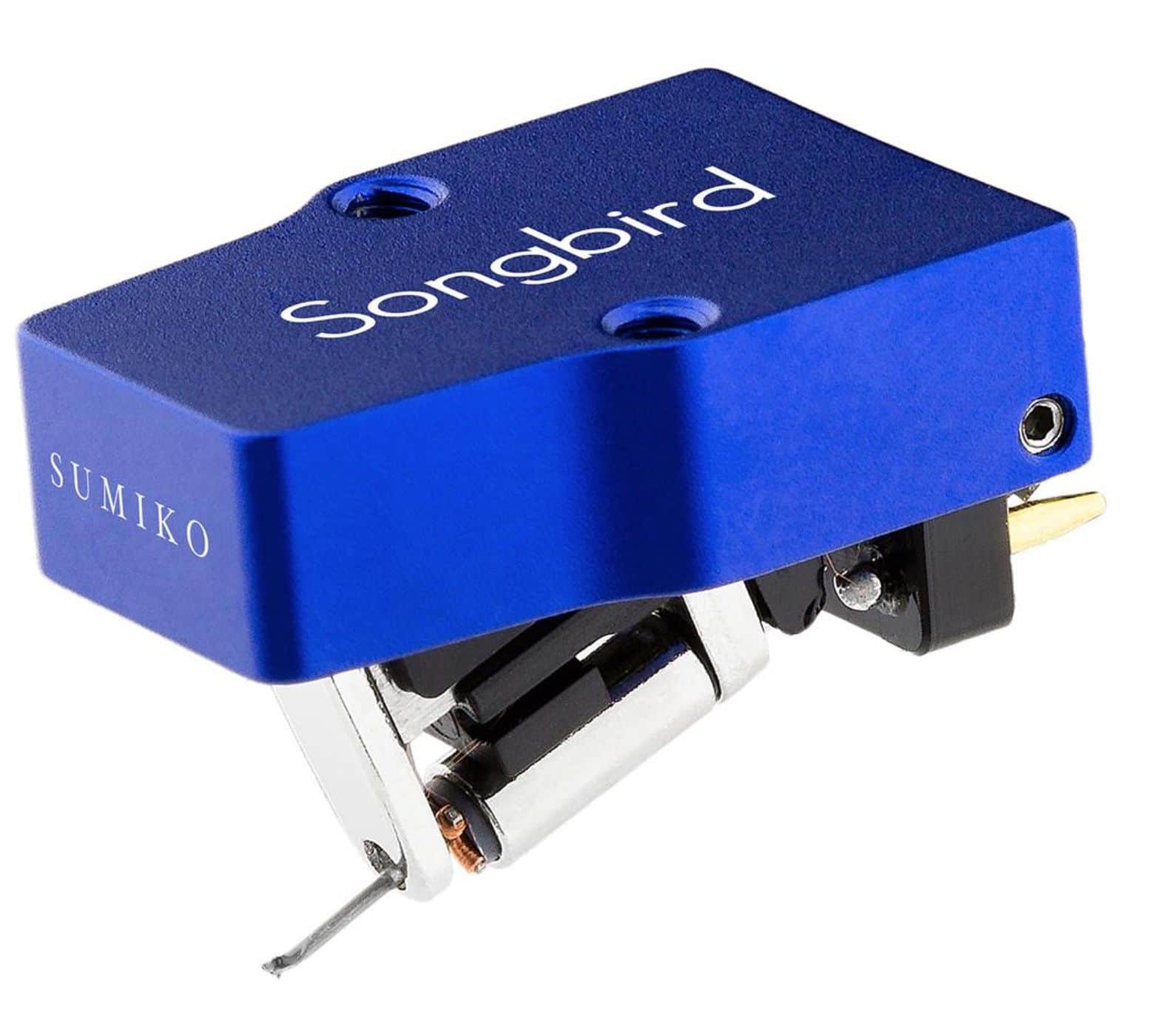
A high-output moving coil design, Paul Rigby reviews this new, rather ‘naked’, cartridge
And it is on the exposed side, isn’t it? I can see why, of course, removing the chassis reduces vibration and resonances and, in theory, lowers the noise floor. This is a valid and frequently used design choice. The likes of van den Hul and Benz are active proponents of this design direction, for example.
Because the chassis is basically missing, the motor is hung underneath a sturdy aluminium top plate.
Part of the company’s Reference series, I reviewed the high output version (47 KOhms – a low output version is also available). This means that you don’t have to upgrade your phono amplifier if you want to upgrade your old cartridge from a moving magnet design, saving potential cash.
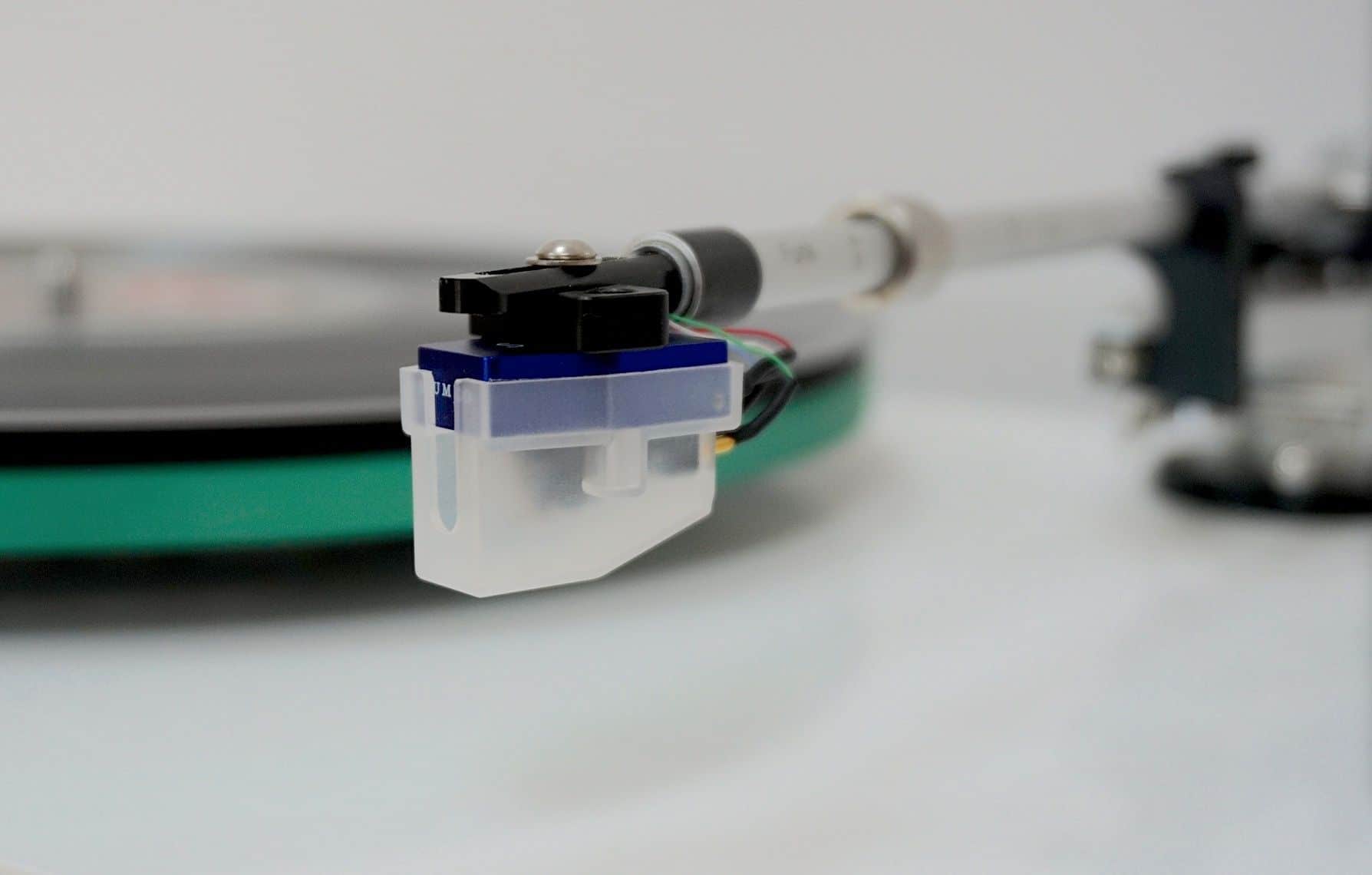
The Songbird sports a coated aluminium cantilever supported by a synthetic rubber suspension system plus copper wired coils. At the end of the cantilever is a 0.3 x 0.7 micron elliptical stylus.
Why elliptical? According to the company, the stylus is a, “…specially ground, low mass stylus…” and that with this cartridge, “…unlike some designs, even if it is not adjusted within a gnat’s whisker of perfection, your cartridge will still deliver an intensely musical experience.”
Now I know, off the top of my head, six other cartridge designs in this price point that do not use elliptical. They use something a tad more exotic.
That’s not a criticism, just an observation and, from Sumiko’s statement, it sounds like the company is targeting the user who wants an easy-to-install, get-the-thing-up-and-running-quick product. Something that is forgiving, can be set up without any hassle or fine tuning. Something to set up without excessive time spent tweaking. A cartridge that you can average out and retain a good sound output.
Nevertheless, I’m still scratching my head a little because, at this price, I would have thought that a typical customer would be exactly the sort of person who wouldn’t mind tweaking at all.
Secondly, most elliptical cartridges would keep the instructions brief and to the point. Yet, I read the above and then, later in the instructions, the text plunged into depth with talk about everything from azimuth to rake angle.
If you’re offering the public a forgiving cartridge, in installation terms, why then complicate that philosophy by talking about rake angle and the like? Hence, I can imagine a certain type of customer tempted by the earlier statement then being scared witless as they read on.
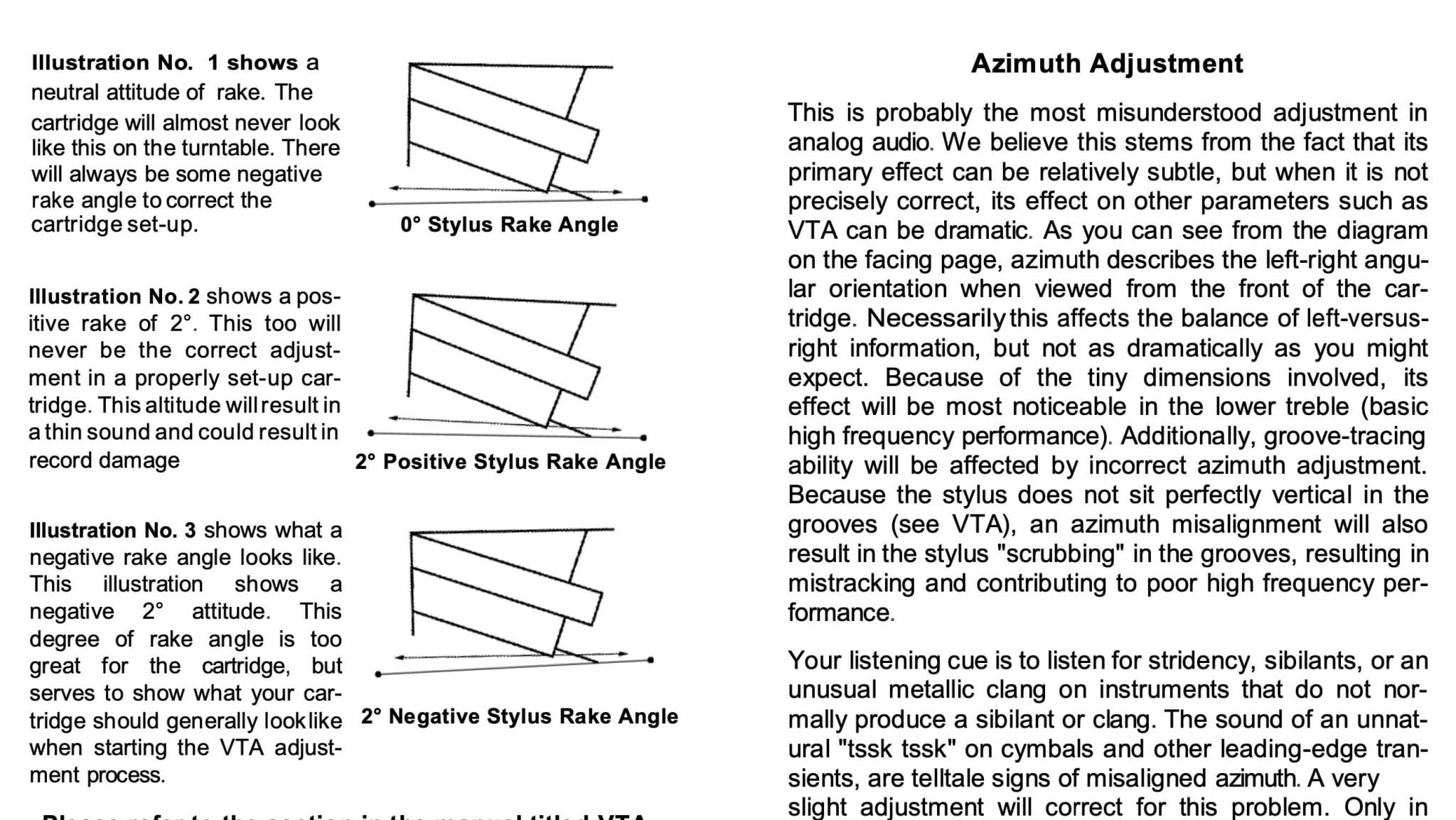
Generally for these self-same instructions? I would have liked far more images, sketches and hand-holding drawings in the instructions than the few rather basic and obtuse thumbnail samples provided. The set up is also far too wordy. That said, the text that is here is wonderfully chatty and folksy in many ways. Friendly let’s say. And I do like that.
Weighing in at 8.5g and with a frequency response of 12Hz – 40kHz, the recommended tracking force is 2g.
SOUND QUALITY
I began with Peggy Lee’s Raindrops album that track Raindrops Keep Fallin’ on my Head. Here, Lee was backed by a full orchestra.
One item of note, I used a moving iron cartridge as one of my reference cartridges and noted that, despite the 47kOhm loading, not all cartridges rated as such are equal in terms of output gain. I know the underlying technology is different but, nevertheless, the Songbird required more gain than a similarly specified Aladdin, for example. A few extra clicks on my pre-amp.
The initial playback was intriguing because I thought the Songbird was efficient in the bass regions without over egging this frequency. That is, the bass guitar exhibited its ‘twang’ and then the guitar reverberated downwards from that point. Now bass was certainly there, of course, but the focus and precision were not an over-riding factor in the lower regions. Bass preferred to do its work and sit neatly within the mix.
This is how I like to hear my bass. I want it to do its work without dominating. I want it to occupy areas it should without getting ideas above its station and I also want it to illuminate percussion, bass guitar and the like without blooming all over the place.
The Songbird managed to do just that. In fact, it did that in a surprisingly subtle manner. During first few minutes of play, I actually wondered if bass was lacking until I realised that bass was performing in a nimble, mobile fashion without any bloating fat.
Let’s not ignore the upper regions, though. The Songbird enjoyed working around the midrange and the treble bands too.
The upper frequencies were intriguing. Compared to other, similarly priced, designs I thought that the upper frequencies offered more…and possibly less. Swings and roundabouts, in effect. The upper frequencies were pulled nearer to the ear. You felt that you were closer to to the action, violins were full of breath, percussion was busy and flute was spacious. There seemed to be a constant movement of air around the upper frequencies which offered clarity and transparency and plenty of detail.
What I didn’t really get was the last drop of focus or precision. Some listeners might see the upper frequencies as a bit on the soft side but I’m not sure about that. I think that effect might be caused by the relative position of them. At times, I almost wanted to moved my head backwards to take it all in, I felt I was very close to the action you see. I wanted to hear the edges and to find out where the frame of the music really was. Sometimes, I felt that I was heading, face first, into a bowl of custard.
So, that’s a bad thing then?
Well, no. Other cartridges give you the focus and the precision but then they can sometimes lack emotion and ‘feel’ which can result in a slightly sterile and dry presentation.
And hey, at least the Songbird offers a choice. It’s highly entertaining and rather wonderful because the Songbird emotes. It’s different from much of the competition because of that. So this cartridge can never be described as a ‘me too’ design. It offers an alternative.
Turning to The Cure’s Pornography and Figurehead, bass was not massy or full of heft. Hence, very low frequency implementation was lacking a tad. It was lighter than that but retained the impact you get from high speed. Bass was notable for its movement rather than as a foundational tone.
The Songbird had no issues in being both incisive and detailed around the midband. This quite complex and busy track, which was slightly dark in tone and sometimes sounds like the music is emerging from down a deep hole, was lightened enough by the Songbird to reveal even the rather shy synth spots at the rear of the mix.
Similarly, the lead vocal can sometimes sound a little subsumed into the mix but here, via the Songbird, this vocal was lifted, offering enough detail to add a sense of richness to the overall song.
CONCLUSION
If the Songbird was a good friend, it would be the sort of chap who is brought to tears by looking at a Daffodil in early spring. Sensitive, emotional and someone who notices the details in life. Then it would write a poem about it. Some of its competition is like that other friend, who upon seeing the Daffodil, would create a technical drawing of the Daffodil, complete with its Pantone colour and atomic weight.
The Songbird is all about feeling. It wants to reach out and touch you, in a terribly hetero way, of course. It wants to get drunk with you, give you a bear hug and exclaim, “I love you, man <sniff>.”
SUMIKO SONGBIRD CARTRIDGE
Price: £899.95
Phone: 01235 511 166
Website: www.henleyaudio.co.uk
GOOD: nimble bass, easy to install, airy mids, sensitive treble
BAD: upper frequency focus, soundstage, manual, design choices
RATING: 7
[Don’t forget to check out my new Patreon Page at www.patreon.com/audiophileman, for exclusive postings, giveaways and more!]
REFERENCE
Tellurium Q cabling
Blue Horizon Professional Rack System
Harmonic Resolution Systems Noise Reduction Components
All vinyl was cleaned using an Audio Desk’s Ultrasonic Pro Vinyl Cleaner

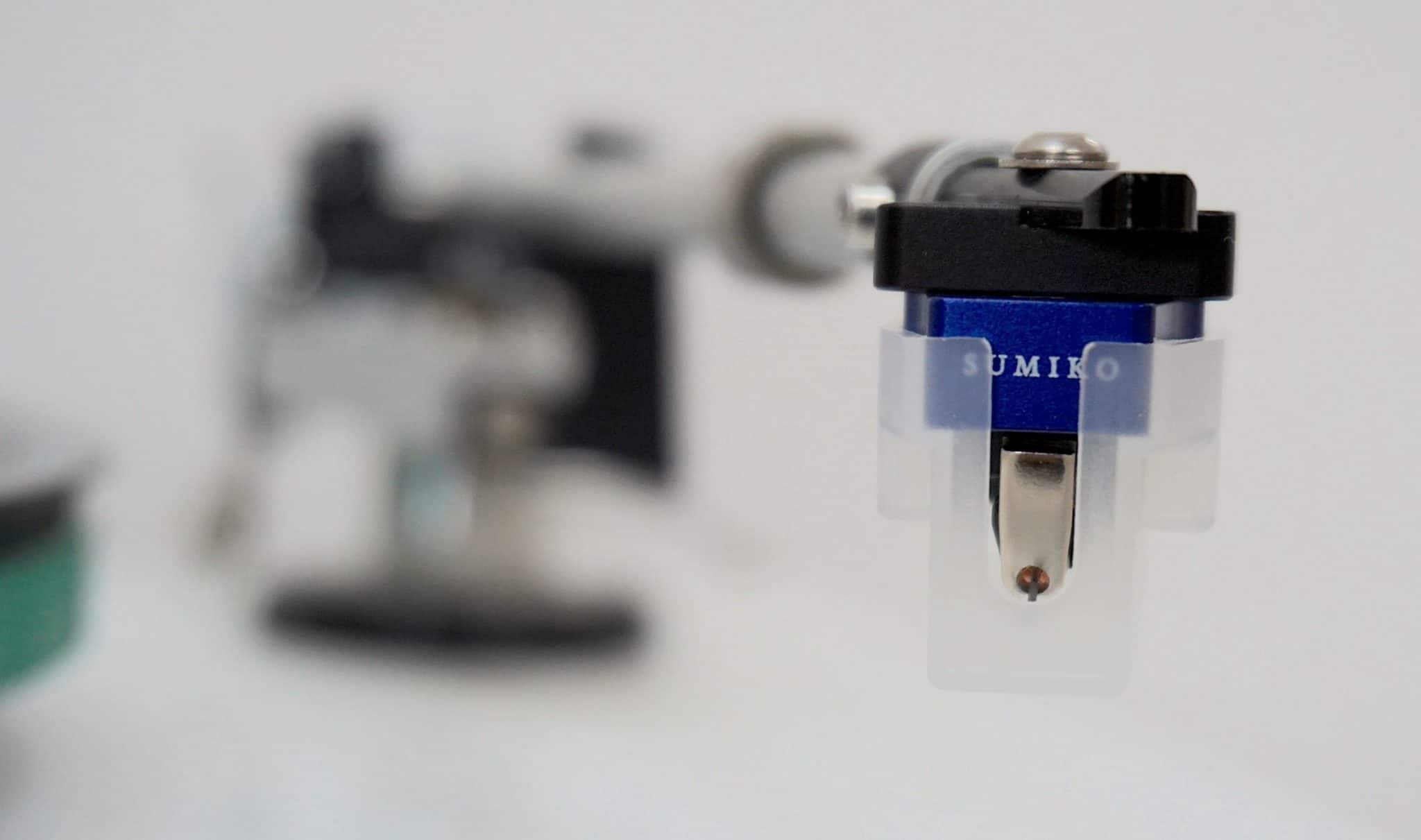
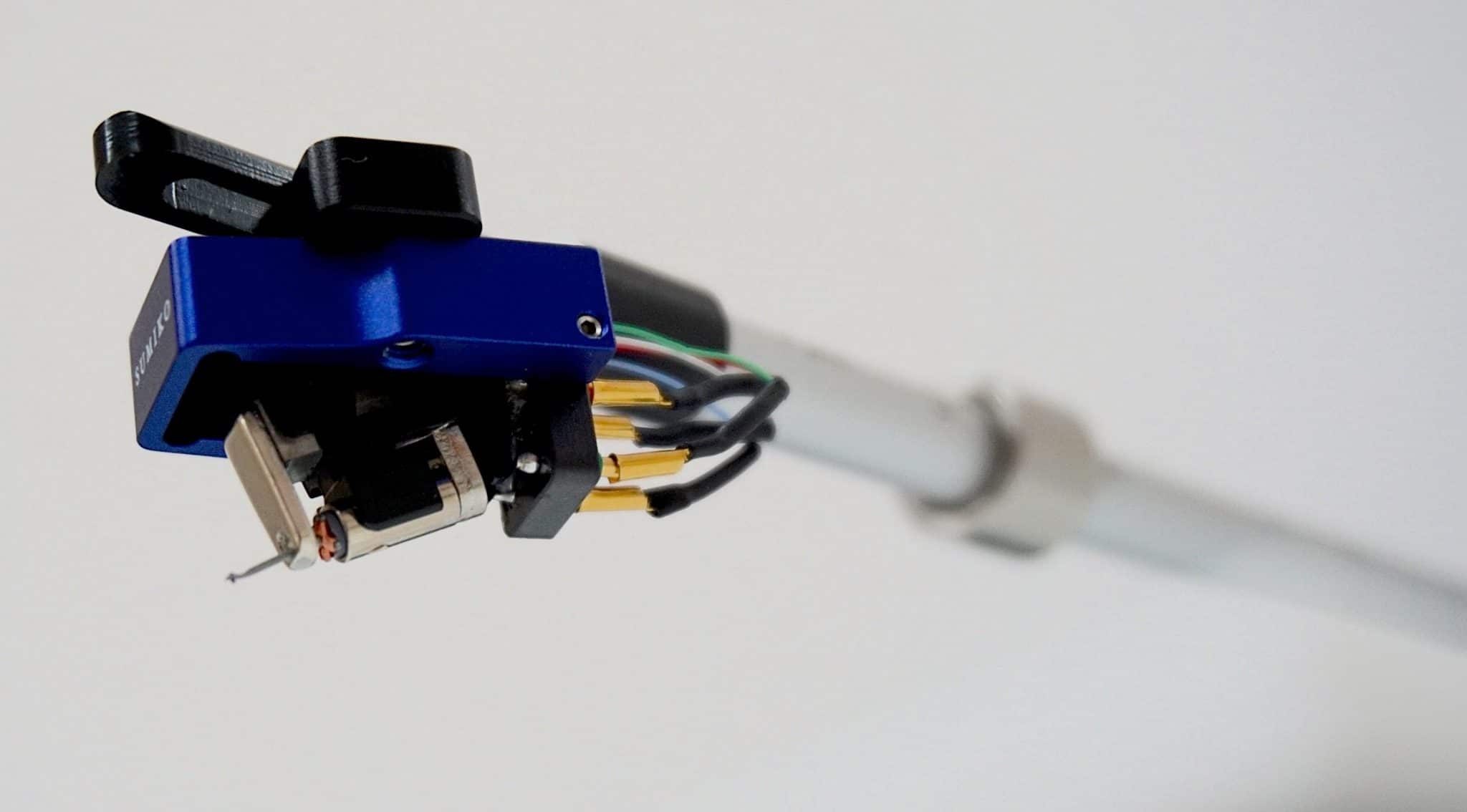
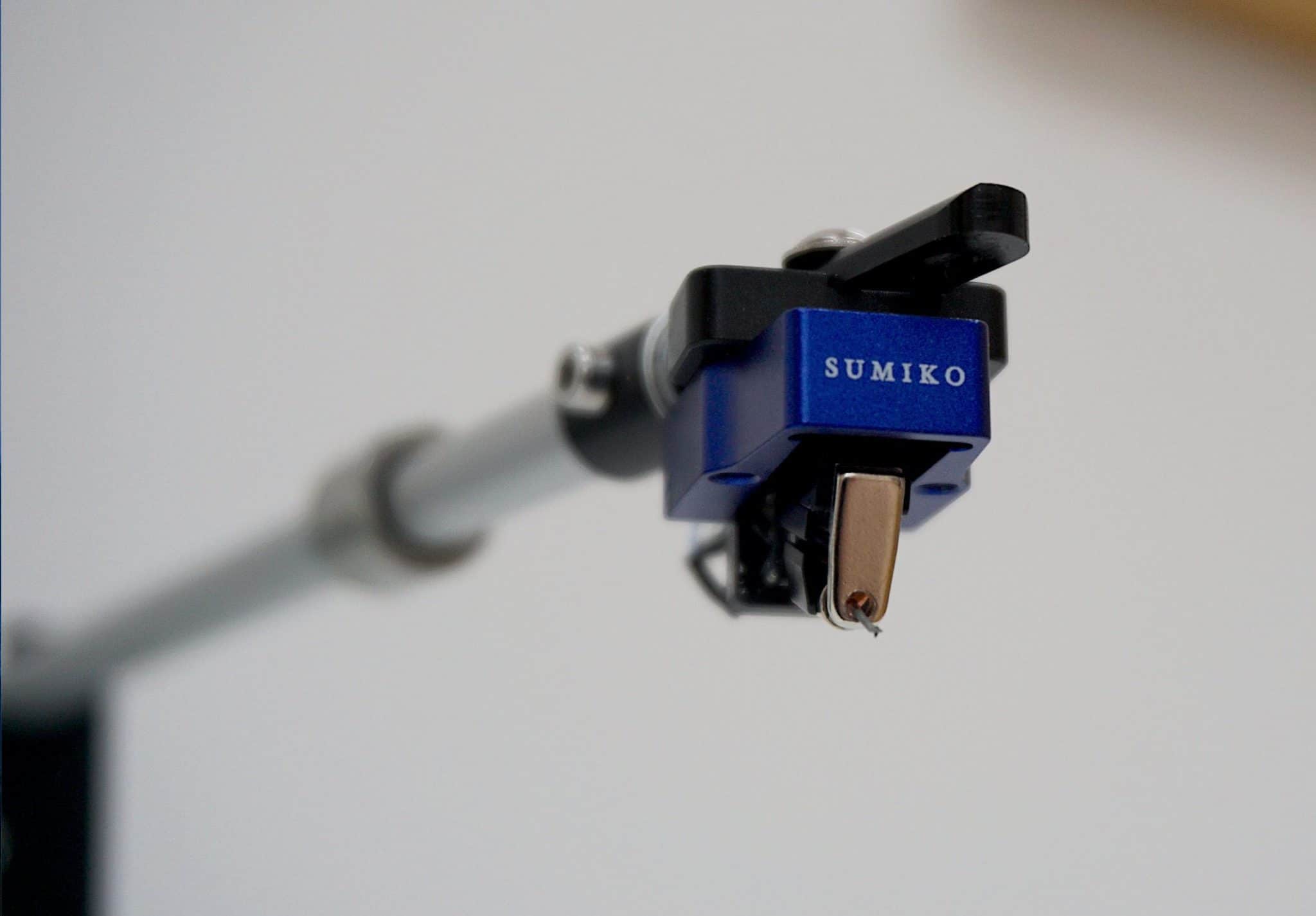
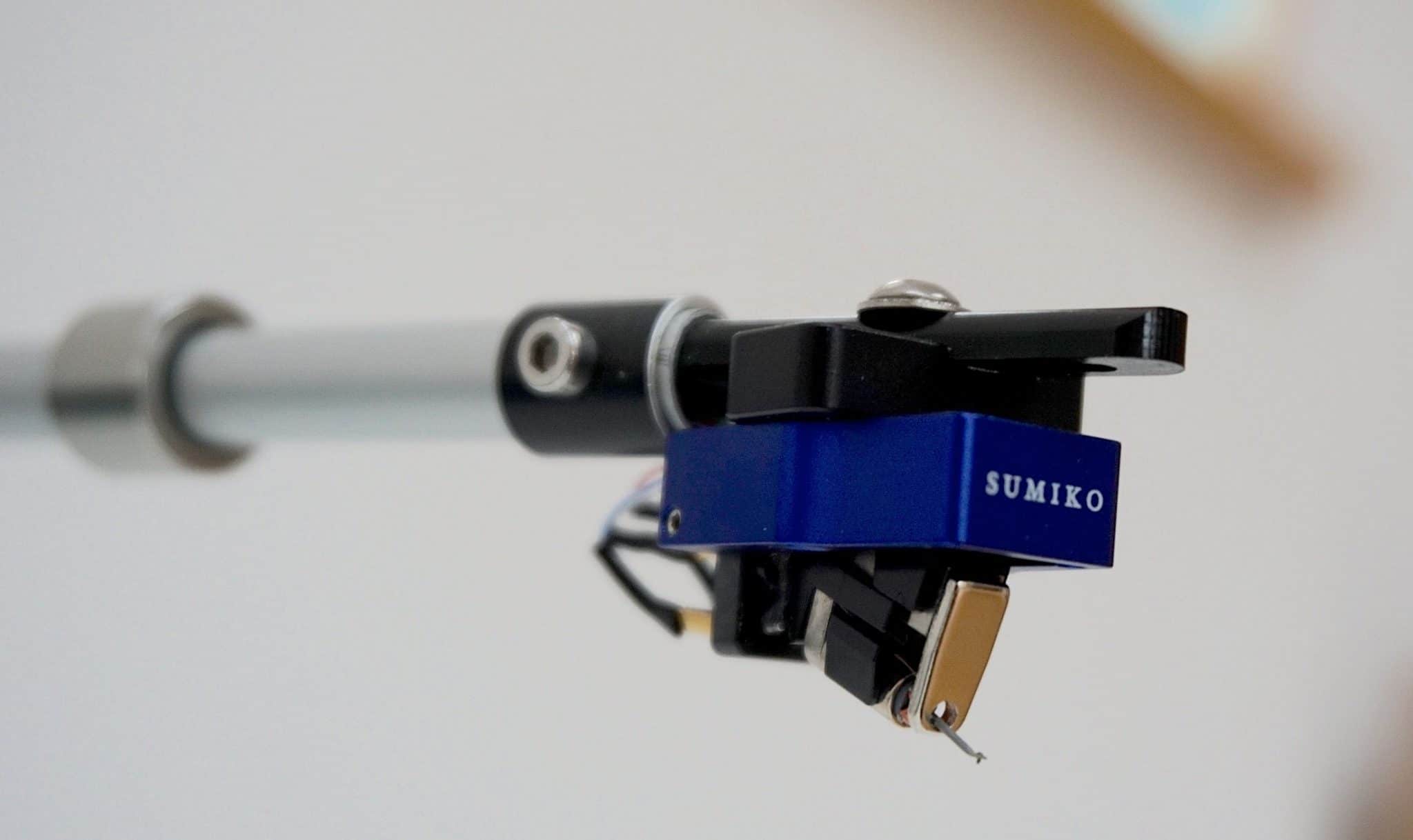
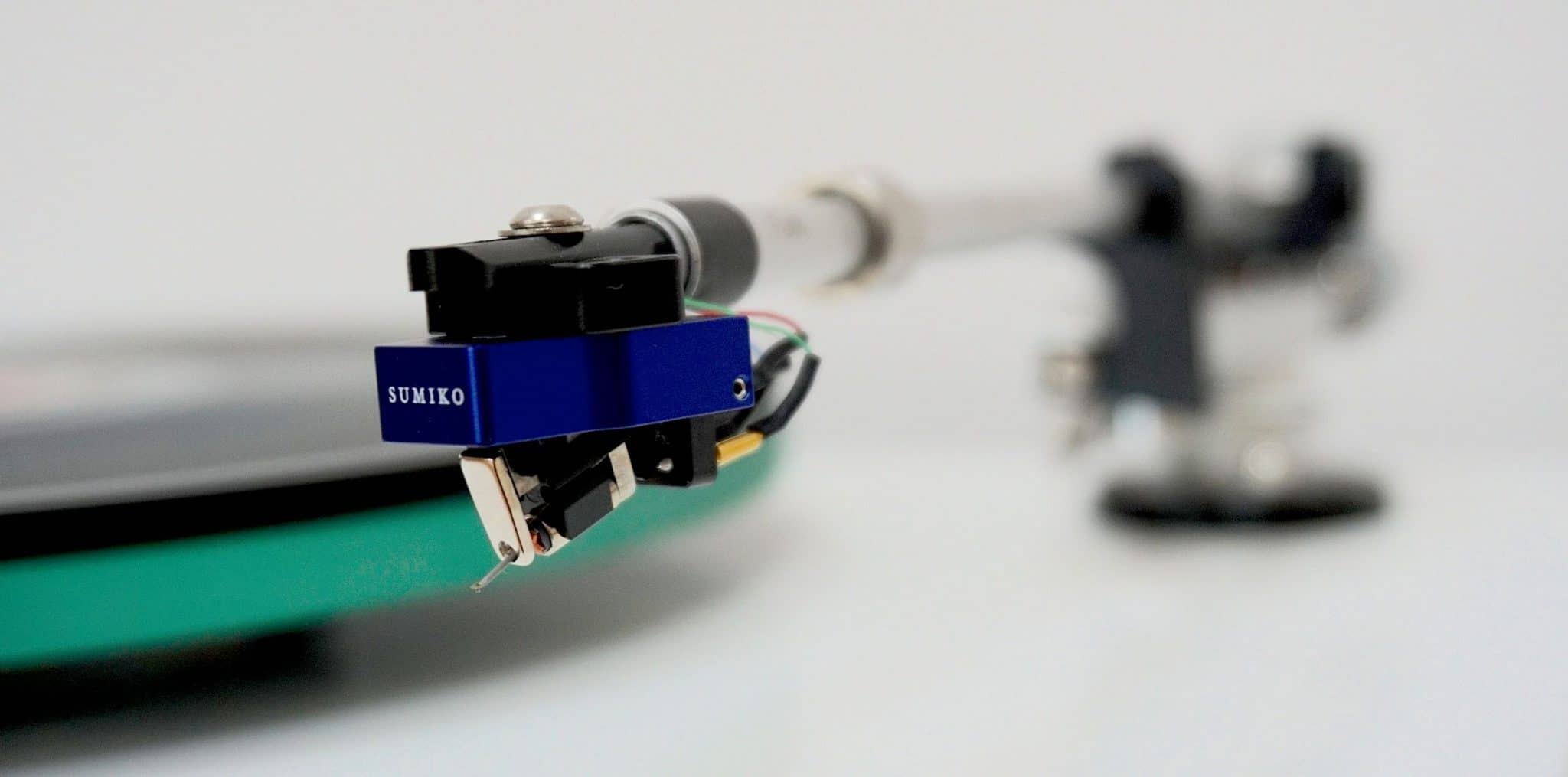
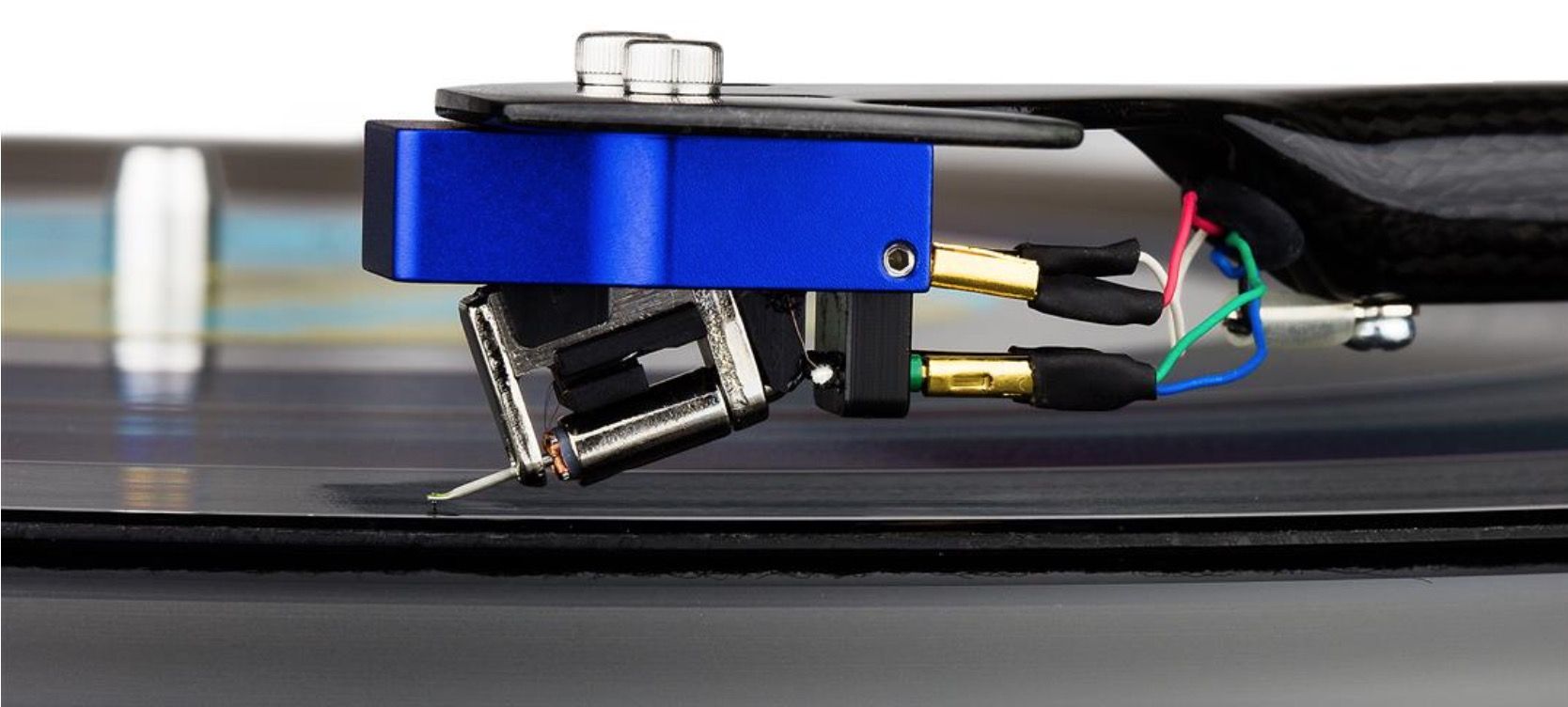
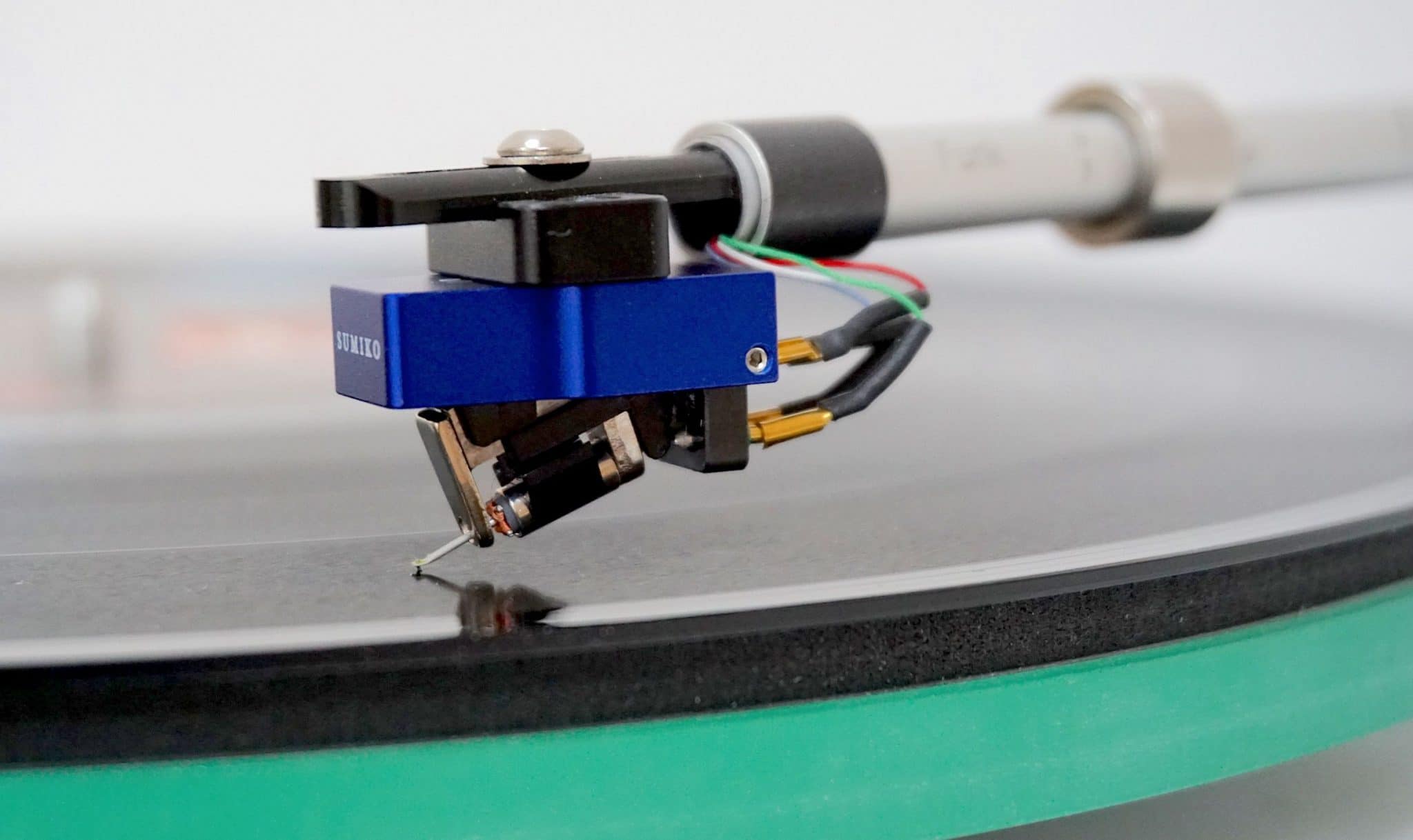
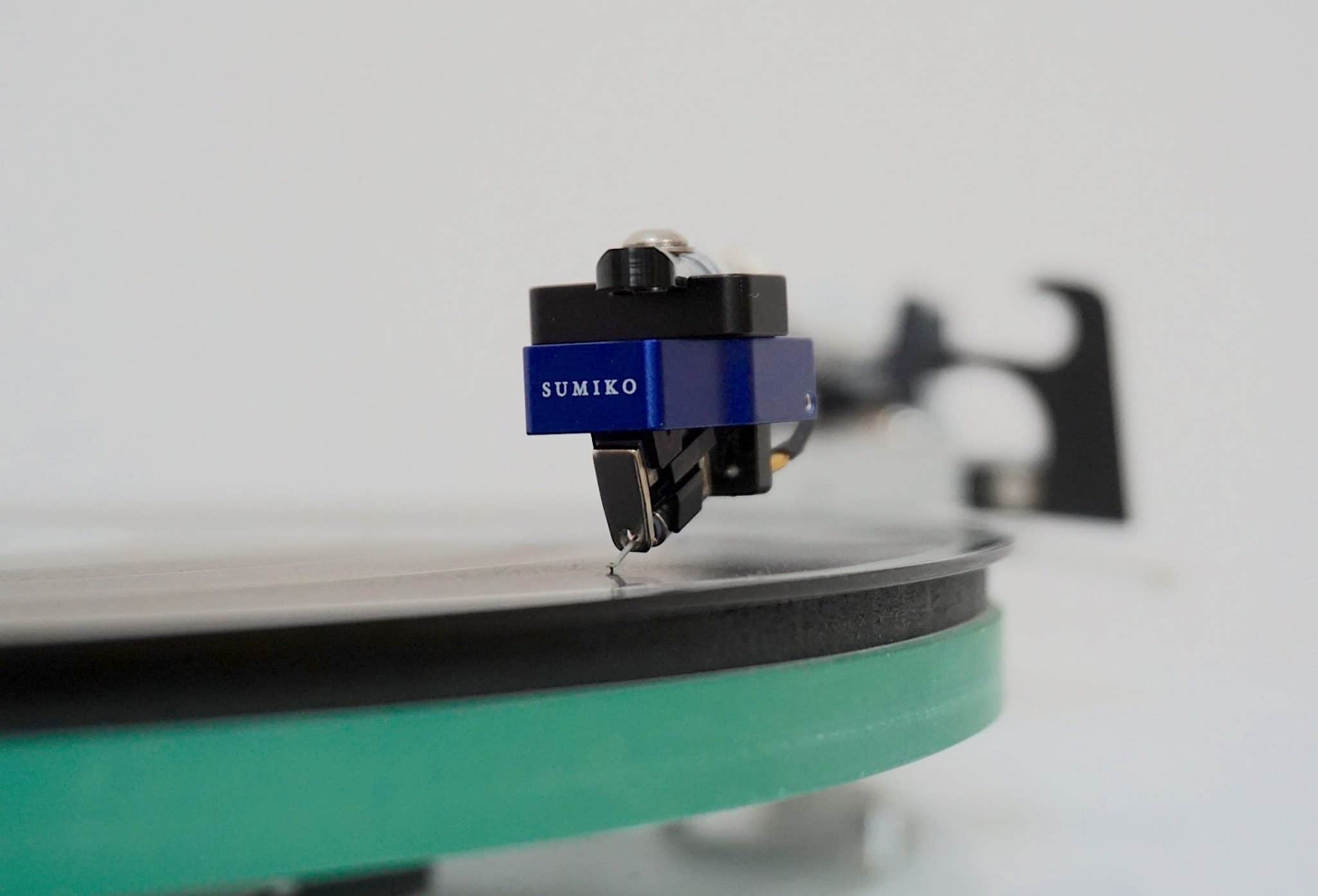


Hi – do you realise that most of your reviews are prefaced with a grammatical howler? ‚ÄúA high-output moving coil design, Paul Rigby reviews…‚Äù actually means that YOU are a pickup cartridge. You are confusing the subject and object of the verb. Almost every review begins with the same mistake. Sorry for the pedantry, but I was a newspaper sub-editor for many years!
Kind regards, Dafydd
Not a problem and thanks for the nudge. I love words so I’m sorry to see this occurring. I’ll correct it in the future.
Great article on this cartridge!